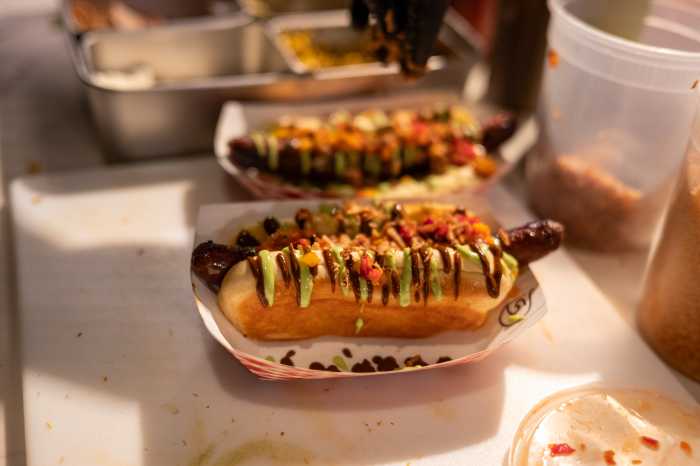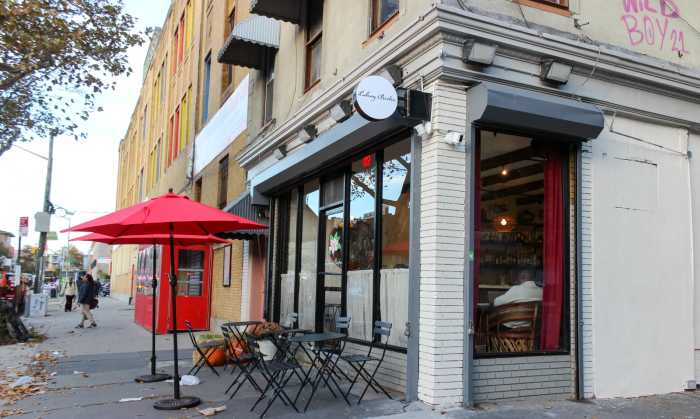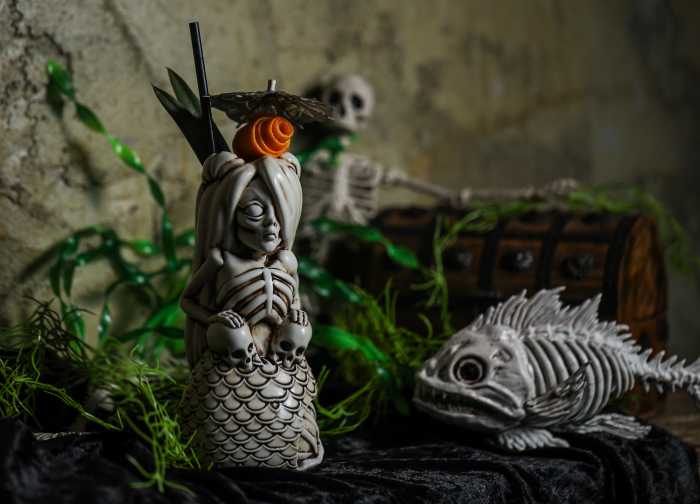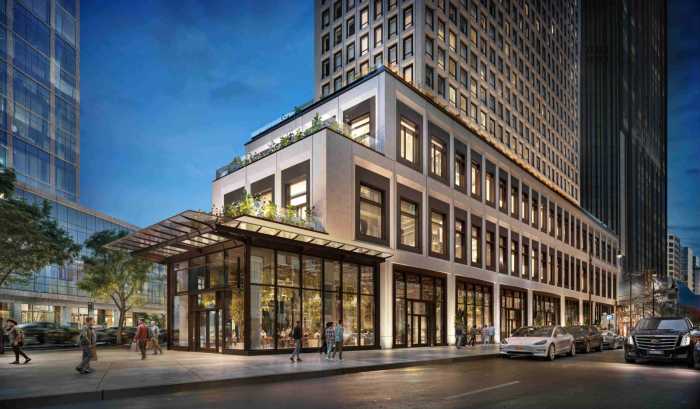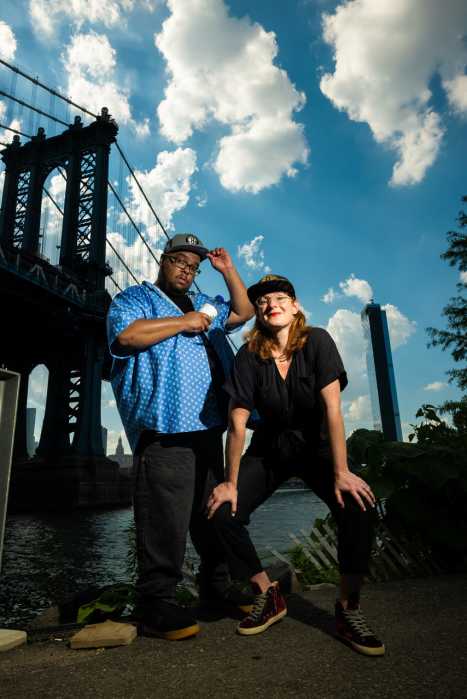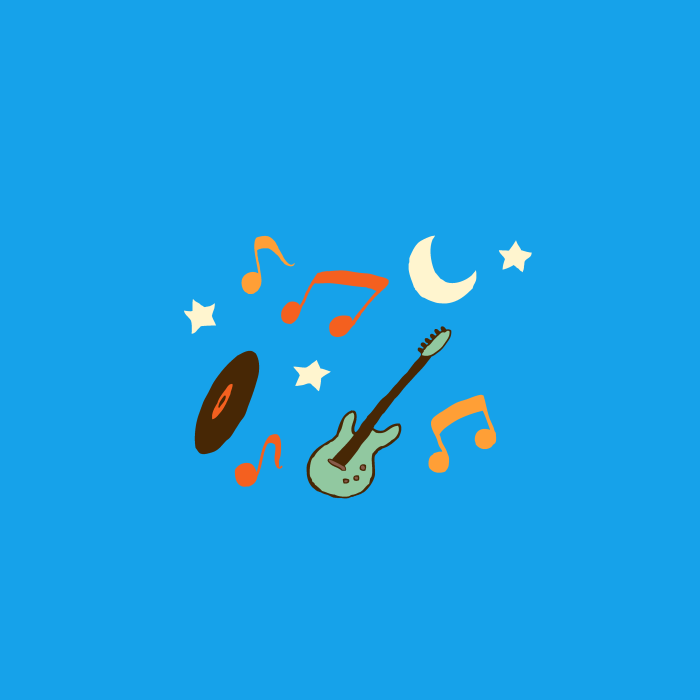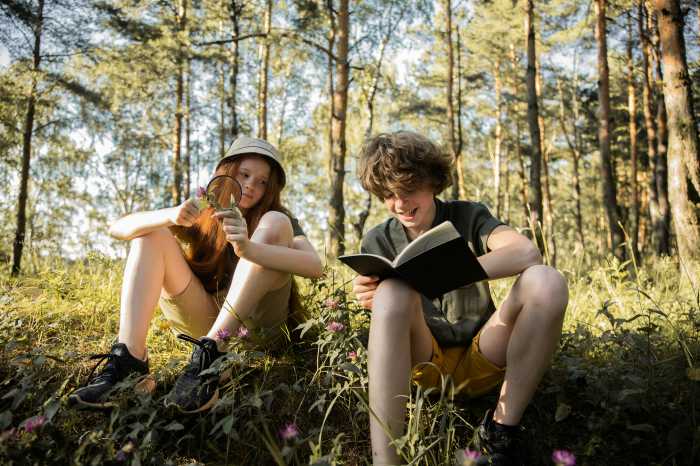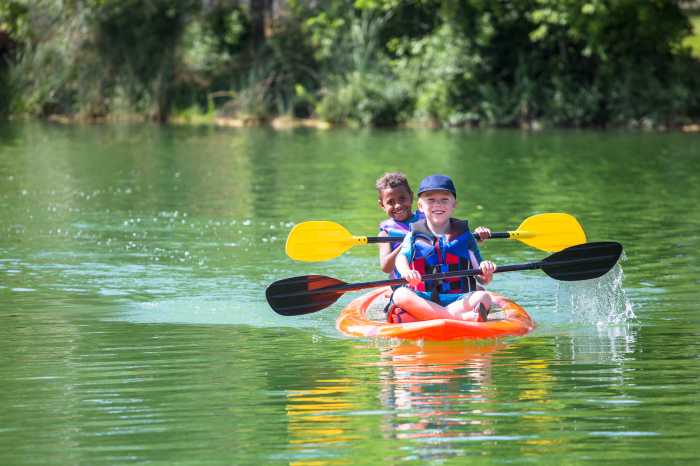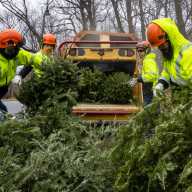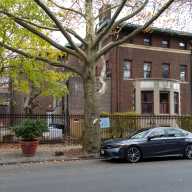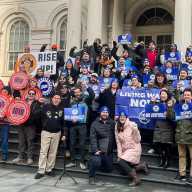They say that an apple a day keeps the doctor away, but since most people buy their apples at the grocery store, they can just as easily pick up a bottle of vitamins instead. Living in the city, you can’t grow the fruit in your backyard, right? Wrong.
Kevin Burget, an apple enthusiast who recently founded the Park Slope Apple Cider Society, began mapping apple trees in the borough this fall. While most of his findings are concentrated in Park Slope, he’s found trees in Sunset Park, Flatbush and Brooklyn Heights, and hopes to discover more as he continues his search. Although finding the trees may take some work, getting permission to pick is easy.
“People are very excited to share their apples,” Burget told GO Brooklyn. “In fact, most people ask us to, because it keeps them from having to clean them up; when they begin to fall from the trees, people slip on them and they attract pests.”
But when still on the trees, Burget said, apples grown in Brooklyn tend to attract fewer insects, because they’re often free-standing and not surrounded by other trees and crops — a problem that forces many orchards to use pesticides.
Even if apples grown in the city aren’t sprayed with pesticides, washing them is imperative. According to Chris Roddick, head arborist at the Brooklyn Botanic Garden, city pickers should be just as concerned with soot from diesel engines and overall air pollution that might land on the apples as they are with pesticides.
“Pollution and pesticides are not going to kill you, but you should always wash it off before you eat it,” Roddick advised. “Inspect an apple from a tree you don’t know, cut it open if you have to. But generally, if you can identify that it’s an apple, it’s safe to eat it off the tree.”
If you’re interested in growing your own apple tree, and blessed with enough green space to do so, Roddick said that “with good, fertile soil and the right PH [between six and seven] and sun, you can probably grow apples in New York City,” but he warned that some types are much easier to maintain than others.
For novice growers, Roddick suggested starting with a highly disease resistant apple like the Liberty.
“Using a disease resistant plant minimizes spraying and it’s easier to grow organically,” he explained. And if organic is the only way to go, planting certain aromatic herbs and flowers, like marigolds, around the base of your tree can also ward off pests.
But apple trees can get very big, so Roddick also recommended using a dwarf variety, or at least having your apple tree grafted onto a dwarf root, something most orchards and nurseries can do for you. But in the spirit of growing locally, Roddick suggested, well, stay local.
“If you go to some place like Home Depot, it’s very unlikely they’re going to know where the plant came from. Many nursery plants are grown out West and shipped across the country. There are a lot of small nurseries in the metro area that specialize in apple trees,” Roddick said. “To do it right, you would need to find one of these nurseries on Long Island or in upstate New York.”
Emily Farris is the author of an upcoming book on contemporary casseroles to be released by Perigee Books.


